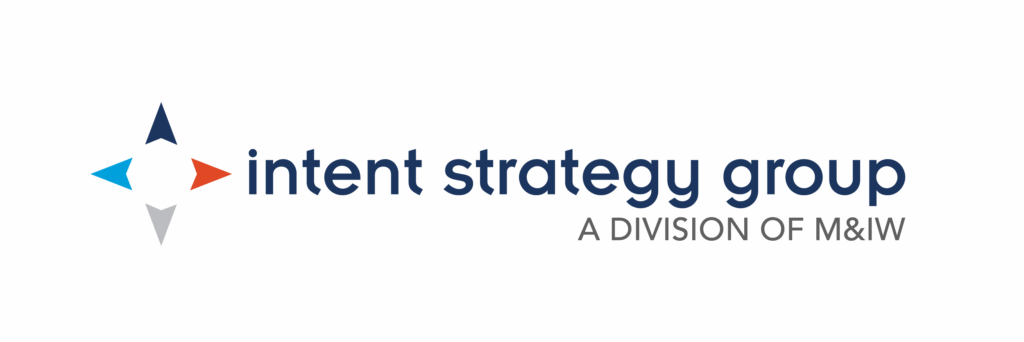Best Practices in Employee Engagement: Part 1
In my previous blog posts, I explored the importance of employee engagement and retention as well as the benefits, including increased loyalty and profitability. Now, it’s time to explore the best practices that will lead to successful and transformative employee engagement.
As part of my ongoing study on employee engagement and retention, I have been interviewing HR professionals from companies both large and small to learn their current strategies as well as what changes have been made since the pandemic. Over the next few weeks, I will share the insights I’ve learned from these interviews and from my experience in the incentives and engagement industry.
Whether you have an existing incentives and engagement program in place or are looking to create one, these best practices can and should be incorporated into any step of your strategy.
Best Practices 1–5
If some of these seem simple and easily implemented, that’s because they are! Not every engagement strategy requires a large monetary investment. Rather, the investment must come from the organizational culture and be embraced from the top down. Employee engagement needs to be authentic to be effective. It’s not just about the financial and business benefits; the human element is equally important.
With that in mind, here are the first five best practices in employee engagement.
1. Change Your Meetings from Transactional to Transformational
Most managers think they have open communication with their reports because they meet with them at least once a week, if not more. While this is still encouraged, the content of these meetings is usually solely transactional, focused on projects and tasks and not on personal growth. To boost employee engagement and foster investment in employees, managers must show that they are invested in turn. The key to this is adding transformational meetings in addition to transactional.

What do I mean by transformational? These meetings should focus on the employee as an individual—their personal development, their strengths and areas for improvement, their vision for the future of the company and their role in it. Ideally, managers should commit to at least two transformational meetings:
- A monthly “what’s up” meeting. This meeting should be focused on listening to the employee’s take on what is going well and what’s not, both in terms of their personal workload and the organization as a whole. Encourage employees to share how they would do things better and then act on that feedback or collaborate on a solution.
- A quarterly personal development discussion. Each employee should be encouraged to focus on career growth plans, and their manager should work with them to create measurable steps on that path. By knowing what their employees are interested in and looking for in their career, managers are also better positioned to recommend them for internal promotions, which makes employees feel valued and keeps them within the organization instead of looking elsewhere.
2. Focus on Health and Well-being
Communicate to employees the importance of taking care of themselves physically and mentally. While strong health and well-being usually translates to strong performance, it also shows that you care about and value your team as people, not just workers. Encourage them to take walks during the day and offer standing desks for those who want them. Incorporate health metrics into your incentive program, such as offering points for completing an annual physical.
During particularly stressful periods, schedule mental health breaks; as a manager, reinforce that these breaks should be used for something restful or restorative, not to catch up on work. M&IW, for example, gave all employees additional PTO time specifically for mental health needs both as an end-of-year gift and for Employee Appreciation Day. This goes a long way to showing employees that they are valued, and they return from that time off refreshed and reenergized for their work.

3. Teambuilding, Teambuilding, Teambuilding
Countless studies extol the benefits of teambuilding for the workplace, from decreasing burnout and boosting employee morale to improving communication and building problem-solving skills. Encourage your team to partner together on a non-work-related project. It could be something fun and simple such as a team trivia game or something more complex such as an ongoing CSR activity.

The key is to encourage people to get to know other employees outside of their normal work interactions. This builds camaraderie and friendships, and studies have also shown that employees are less likely to leave a job where they have established friendships.
Ideally, teambuilding activities should occur during normal business hours to ensure full participation. Employees will be excited to have something new to shake up their day, and they won’t resent giving up their free time to participate. If required teambuilding must occur after hours, give them back those hours as additional PTO time or shorten that day or week’s working hours to make up the difference.
4. Commit to Continuing Education
Invest in your employees, and they will invest in you. It’s that simple. A large business services company I interviewed had invested heavily in developing their managers but put little effort into developing their younger employees. Two years ago, they began offering financial credits for employees to join industry-related organizations or associations, giving them a chance for professional growth not just in the company but in the industry. This resulted in a much lower turnover rate, better industry recognition, and more well-rounded employees. To further motivate participation, continuing education can be required or encouraged through an incentive program that offers points or rewards for each completed training.
Continuing education doesn’t have to only rely on industry-level initiatives, however. Internal training modules made available to everyone allows employees to both improve at their current job and learn all aspects of the business, fueling their growth within the company. In-person company-wide trainings can also be effective both at educating employees and strengthening relationships.

5. Establish Mentorship Programs
A good mentorship program is a two-for-one winning strategy. New hires will feel supported, and senior staff who are asked to be mentors will take pride in being respected enough for that role.
Remember, a mentor is different than a trainer. A trainer gets the employee started and teaches them what they need to know to do their job successfully, only working with them for the first few weeks or months. A mentor stays connected throughout their tenure at the organization, aiding in their professional development, teaching them new processes and skills past the training phase, and advocating for their advancement and growth within the company.

The Path to Effective Employee Engagement
Once again, I must reiterate that the most critical factor to your success with an engagement strategy is to be committed to it from top management on down throughout the organization. Whether you’re ready to start an incentive and engagement program from scratch or are looking to revamp an existing program, M&IW is here to help!
Our expert team will start by identifying your key goals and objectives before offering recommendations that best fit your needs. Incentive and engagement strategies and rewards to consider include incentive travel, incentive programs (including our newest platform, EPIC), gifting programs, and more.
Contact us today to get started. Already an M&IW customer? Contact your Customer Success Manager to learn more.


